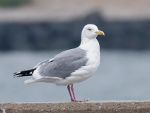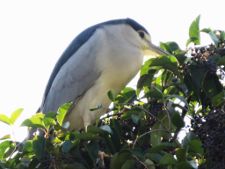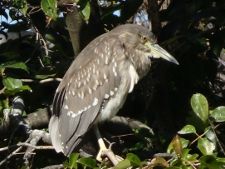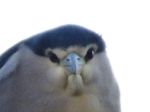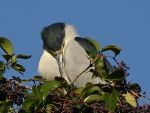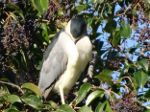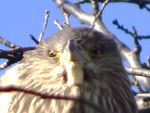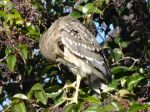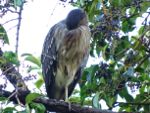<Japanese allspice> <Soshin Rowby>
It is a beautiful garden. The tranquil and calm fragrance of "Japanese allspice", which blooms dignifiedly in a corner of the flower garden in winter, is drifting.
Japanese allspice is a deciduous shrub native to China.
The name is plum (the genus Sakura), but Kimoto of another family in the genus Rubiaceae, Japanese allspice.
From January to February, it branches off from the ground surface to form a plant, and in early spring when the cold is still severe, before other flowers, it produces shiny and pretty flowers reminiscent of yellow beeswax.
Japanese allspice flowers have a large number of flower pieces (collectively when petals and calyx are similar in shape), the outer flower pieces are large and yellow, and the inner flower pieces are small, dark purple, elegant and light sweet scent.
On the other hand, on the shores of the pond of Shioiri, "Soshinroubye" is called "Soshinroubai".
Here, both the outer flower piece and the inner flower piece are the same vivid yellow, and the fragrance is strong.
Sweet, fruity, slightly soap-like clean scent, similar to the scent of Japanese narcissus.
It is said to be derived from essential oil components such as linalol, Borneool, and cineool.
The fragrance is also stronger and clearer than the early spring flower "Ume".
It blooms in an overhead and has a Japanese taste, and is also used as a tea flower.
The fragrance reminds me of "easiness".
✎ There is "Kurobanarobai" in different species of the genus, but this is native to North America.
It blooms from April to June, the flowers are chocolate-colored, and the petals are chic without warping.
Its appearance, flower color, and flower season are completely different from Japanese allspice.
